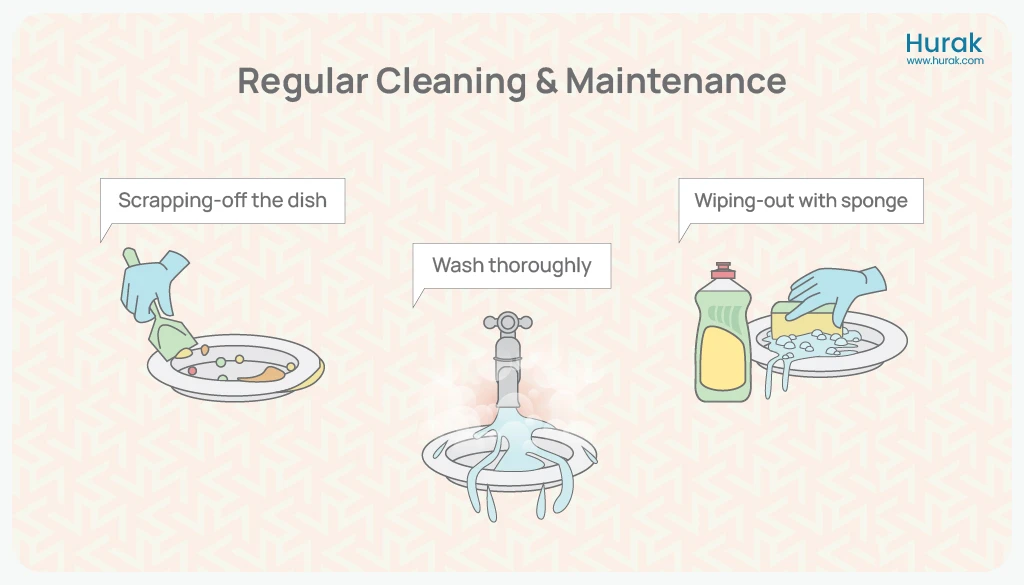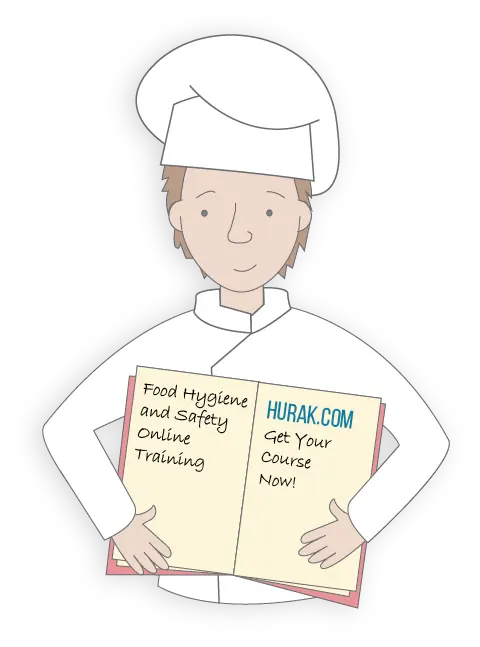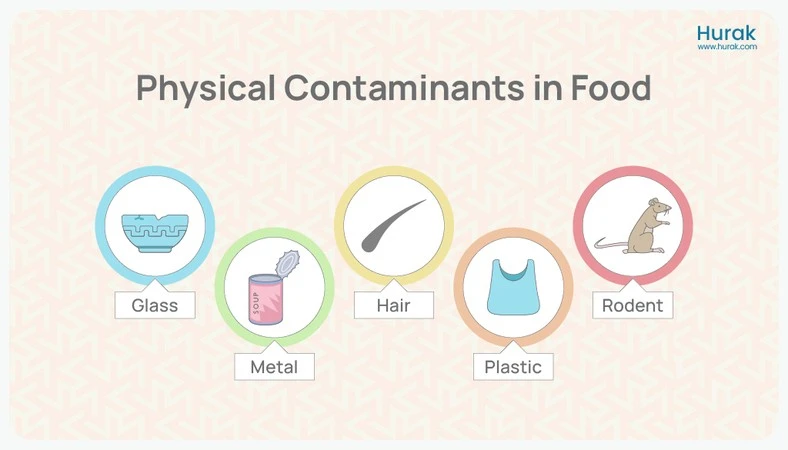Unwanted solid objects in food cause distress, injury, or severe health implications. Physical contamination of food negatively impacts a business’s reputation and success. Preventive measures to avoid physical food contamination are important safety protocols in the food industry.
What is Physical Contamination of Food?
Physical contamination occurs when solid foreign objects unintentionally mix with different food types. Proactive steps must be taken to prevent incidents involving physical contamination of food. This is done to protect both customers and business.
How to Protect Food From Physical Contamination?
It is important for businesses to perform food safety protocols and regular staff training on hygiene practices to avoid physical contamination. Protection from physical food contamination includes:
Regular Cleaning and Maintenance:
Maintain a clean and hygienic environment where food is being handled and stored. Sanitising equipment, surfaces, and storage areas are important steps to prevent contamination.

Food Handler Training and Education
Provide food safety training for all staff members. Special attention must be given to proper hygiene practices and contamination prevention in food handling areas. Employees should be educated on the following:
- Wearing appropriate work clothes
- Tying back hair
- Avoiding jewellery or false nails
Safety and Compliance Programs
Establishing an in-house safety and compliance program prioritises employee’s professional growth and operational integrity.
Get Online Food Safety Courses
Food Hygiene And Safety
Check the CourseRated Excellent
on major review sites

Quality Assurance Protocols
Quality assurance protocols inspect incoming ingredients, packaging materials, and finished products for signs of contamination.
Routine Audits
Regular audits confirm quality and hygiene control. A trusted third-party service can be used to conduct thorough facility inspections. It can also help identify potential gaps in the system, which result in physical contamination of food.
Detailed Reporting
A detailed report must include a quantitative and qualitative overview of the plant’s operational conditions. Detecting inconsistencies through thorough evaluation allows for timely intervention, avoiding potential contamination events.
The Hazard Analysis and Critical Control Points (HACCP) System
The HACCP approach performs several tasks to protect food from physical, chemical and microbiological contamination.
For more information, visit our blog article ‘The HACCP System: Process and Principles.’
Types of Physical Contaminants in Food
Physical contaminants in food can range from harmless to hazardous. They include non-living objects and living organisms such as:
- Plastic
- Metal
- Glass
- Hair
- Rodents & pests

Likely Sources and Examples of Physical Contamination of Food
Physical contamination can arise from various sources, including:
- Building structure
- Equipment
- Packaging
- Food handlers
- Animals
- Suppliers
For example:
- Fragments of plaster, glass, or metal from deteriorating building materials or equipment can get mixed with food during preparation or serving.
- Inadequate packaging or unhygienic practices by food handlers can transfer contaminants like hair, jewellery, or plastic into food items.
Detecting Physical Contamination in Food
The following three are the most prominent technological tools for detecting physical contamination in food.
- Magnetic separators
- Metal detectors
- X-ray machines
These are specialised machines that can help detect physical contaminants. They can identify both metal and nonmetal debris like glass, plastic, and stones.
Responding to Food Contamination Incidents
Necessary steps should be taken in case of a food contamination crisis:
- Remove contaminated food items by recalling them from market circulation.
- Conduct a thorough investigation to identify the root cause.
- Maintain open communication with customers affected by the incident.
- Provide transparency and reassurance regarding the steps taken to address the issue.
Conclusion
Protecting food from physical contamination requires proper training of food handlers and strict observance of food safety protocols in food handling areas. Physical contamination is the entry of unwanted solid metals and nonmetals into food. Examples include glass, metal, plastic and hair. It has become essential for the food industry to observe the necessary steps to avoid physical contamination of food. Preventing contamination is not just about compliance; it is about safeguarding public health and maintaining trust in the food supply chain.




